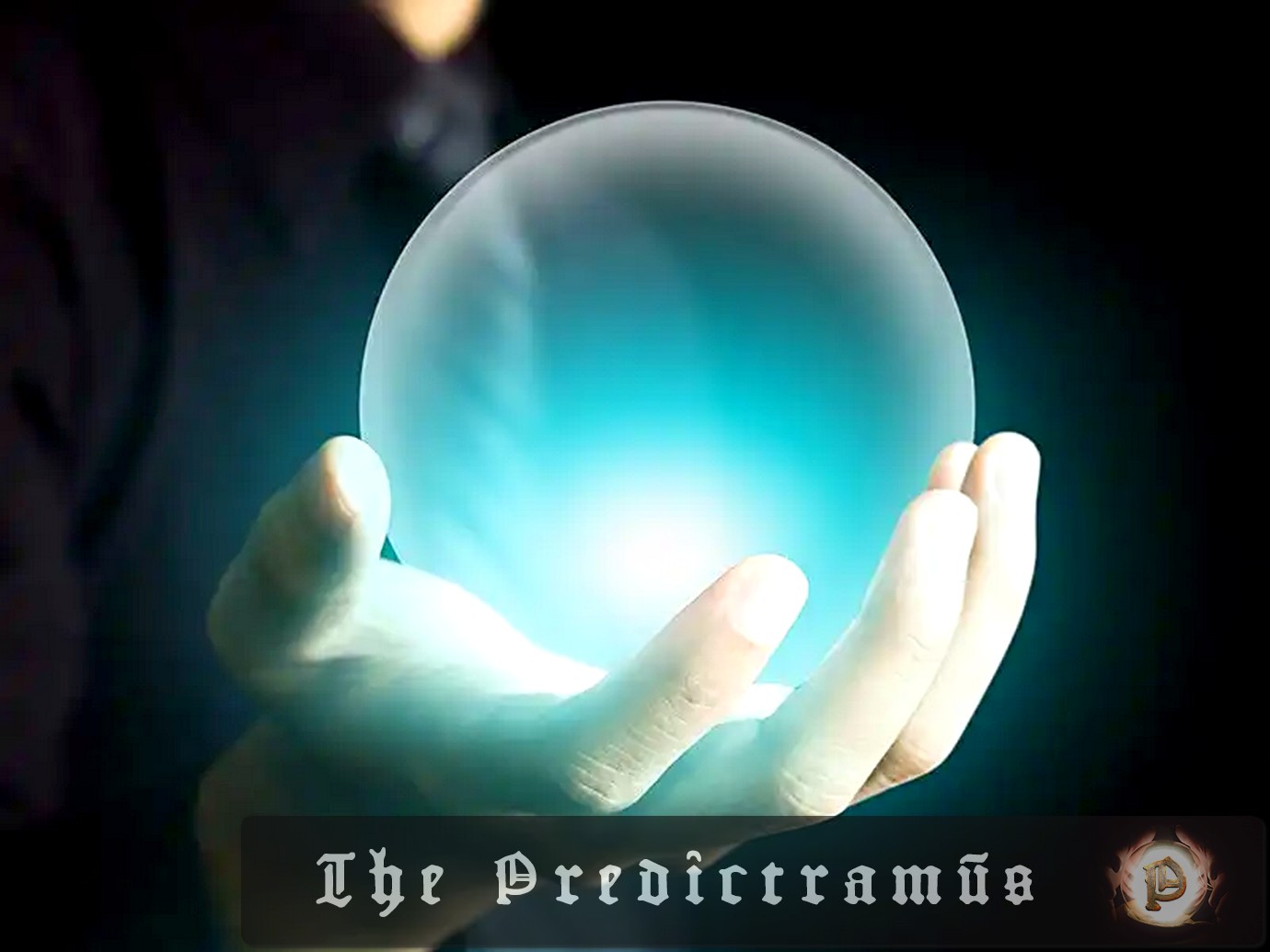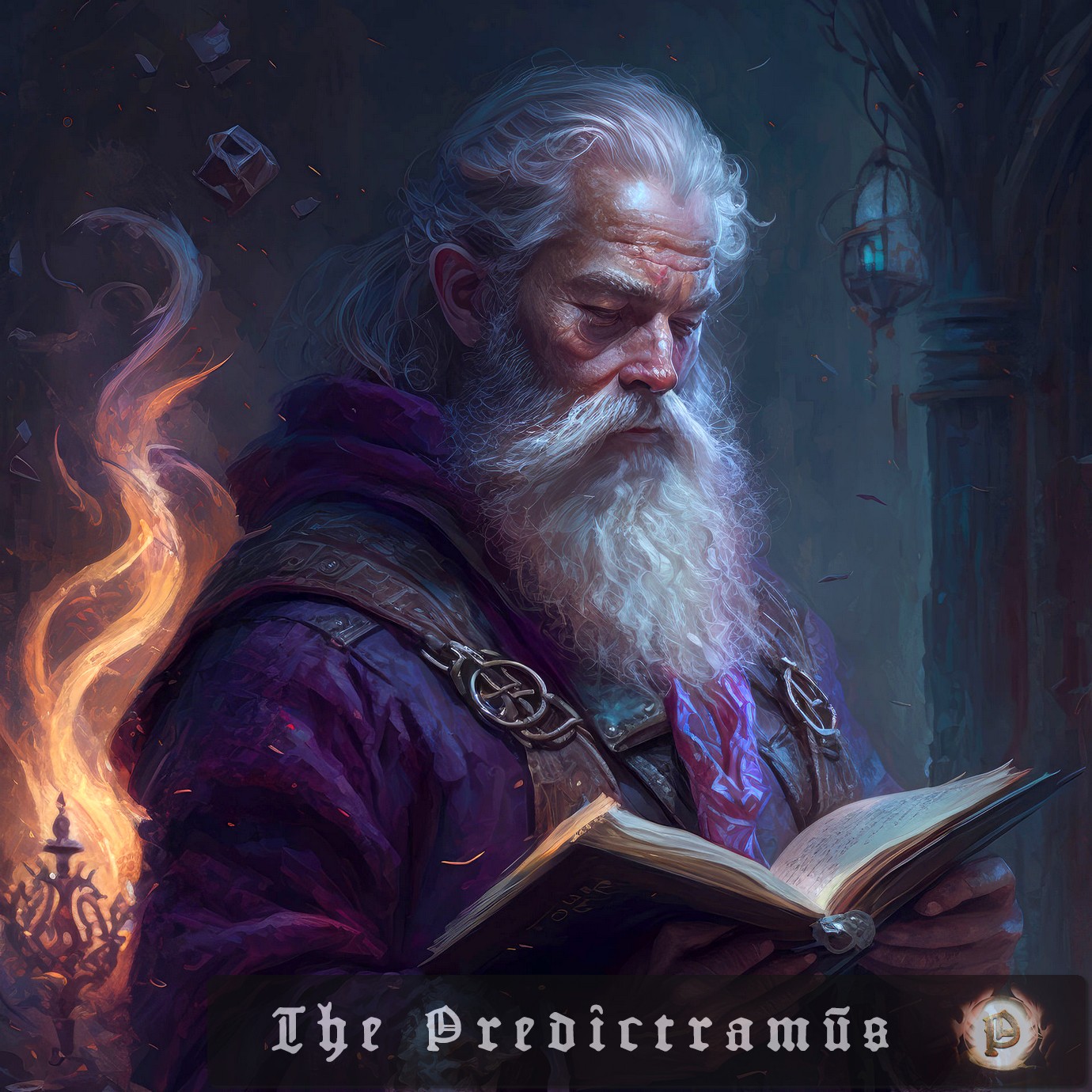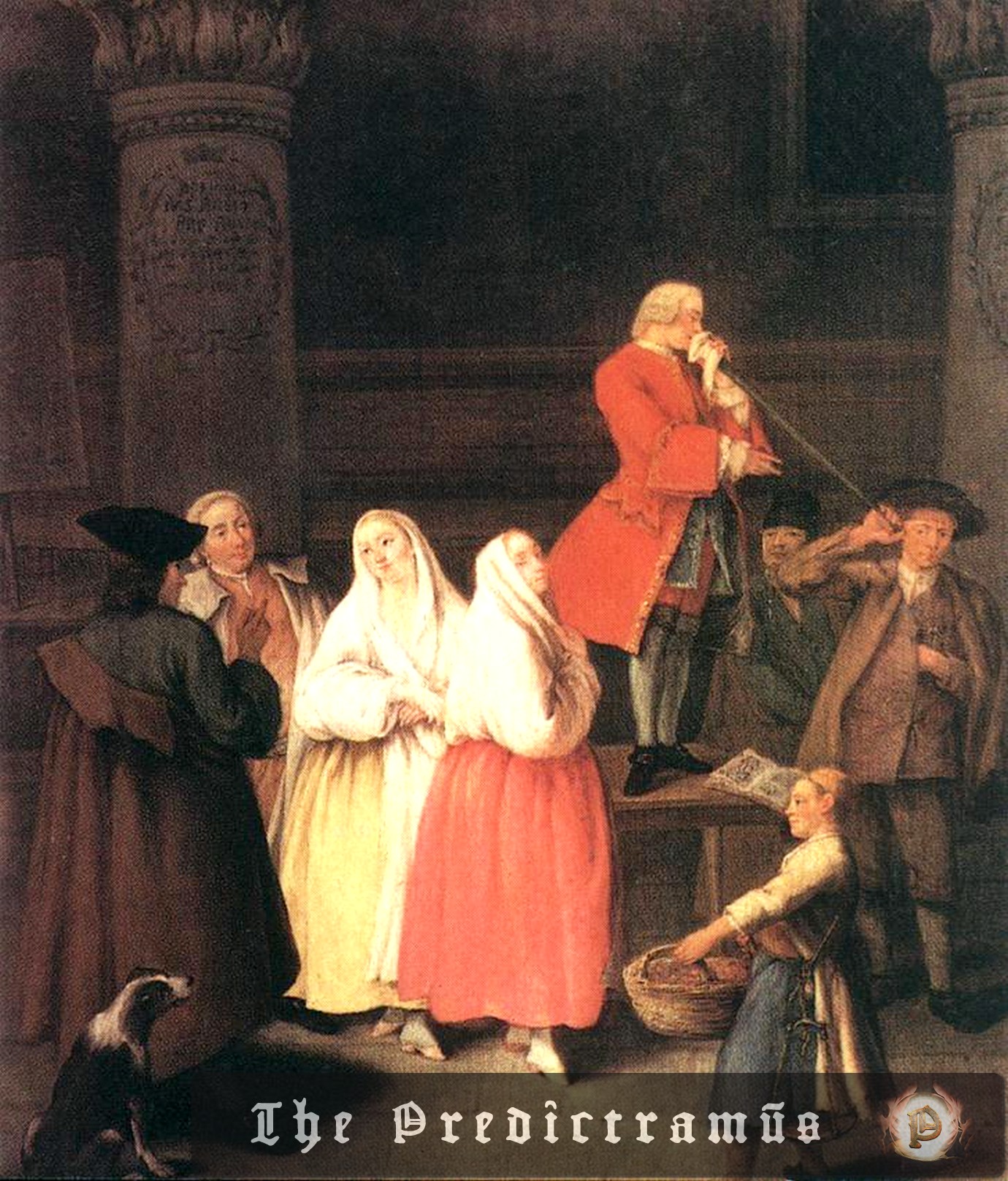Researchers at Chalmers University of Technology in Sweden and the University of Auckland in New Zealand have developed an ultrathin bioelectric implant that improved movement in rats with spinal cord injuries. The implant uses a low-frequency pulsed electric field to promote regeneration of axons and improve outcomes. The study, published in Nature Communications, demonstrates the…
Science on The Soothsayer / page 6
Mathematicians have made a groundbreaking discovery in the field of sphere packing, a problem that has puzzled experts for nearly a century. Boaz Klartag, a mathematician, has achieved a significant breakthrough by resuscitating an old technique to pack spheres in high dimensions. This achievement has the potential to impact various fields, including cryptography and long-distance…
As generative AI becomes more ubiquitous, concerns are growing about its environmental impact. Large language models (LLMs) are particularly energy-hungry, with some models producing up to 50 times more CO₂ emissions than others. The carbon footprint of LLMs is difficult to measure due to the lack of transparency from companies like OpenAI and Anthropic, but…
Scientists in Switzerland and Japan have made a groundbreaking discovery that materials at the bottom of the Earth’s mantle flow like a massive river. This finding could reshape our understanding of the dynamics at play deep within our planet’s interior. Researchers have confirmed that the post-perovskite mineral, which is rigid in one direction and softer…
Scientists are warning of a new form of heat-related health issue: chronic heat. Prolonged exposure to high temperatures, even without reaching heat wave levels, can lead to serious health problems such as kidney dysfunction, sleep apnea, and depression. As climate change increases the number of hot days worldwide, there is an urgent need for research…
Researchers in the US and Ireland have developed a new method to identify materials that can support Majorana modes, a crucial step towards building topological quantum computers. The team used a modified scanning tunnelling microscopy (STM) technique to map the internal quantum state of materials, revealing subtle features that could indicate the presence of Majorana…
Researchers in Canada have discovered rocks that are at least 4.16 billion years old, making them the oldest known on Earth. The finding, published in the journal Science, is based on two distinct methods of radioactive dating that confirm the age of the rocks. This discovery sheds new light on the early history of our…
In a significant breakthrough, researchers have successfully compared the timekeeping of optical clocks across six countries in two continents, paving the way for the redefinition of the second. The study, which involved 38 simultaneous comparisons of ten different optical clocks, used both satellite signals and laser light through optical fibers to achieve unprecedented precision. This…
Astronomers have detected a new interstellar visitor, an object from another star system, which is hurtling through our solar system. The object, named 3I/ATLAS, is estimated to be as wide as 20 kilometers and is currently just inside the orbit of Jupiter. Scientists expect to observe its path past the sun and gather valuable data…
Physicists have made a groundbreaking discovery in the field of quantum materials, revealing that two distinctive features of quantum double-exchange ferromagnets are purely due to quantum spin effects and multiorbital physics. This finding could lead to new insights into these technologically important materials and may have significant implications for the development of future technologies. Forecast…










